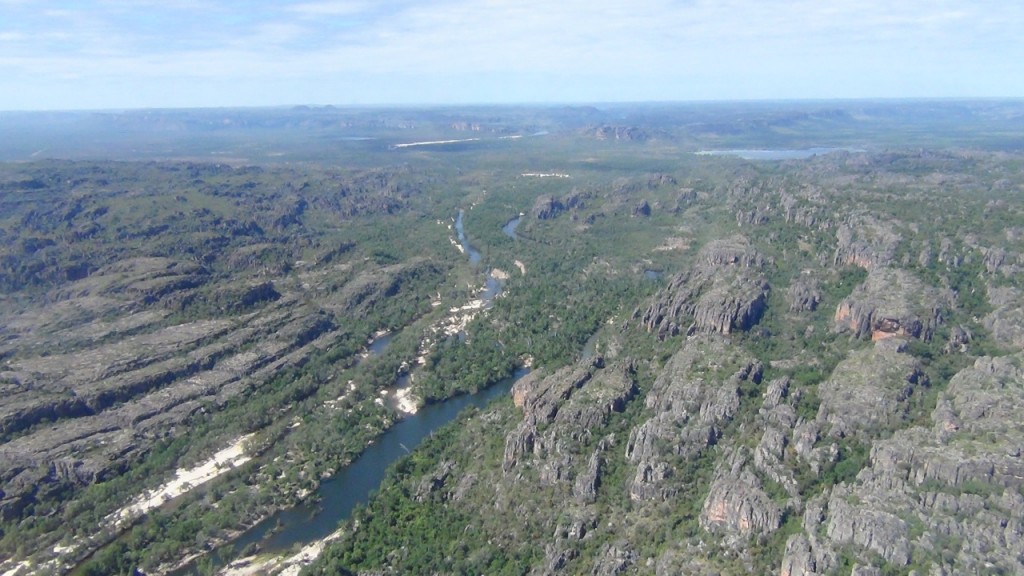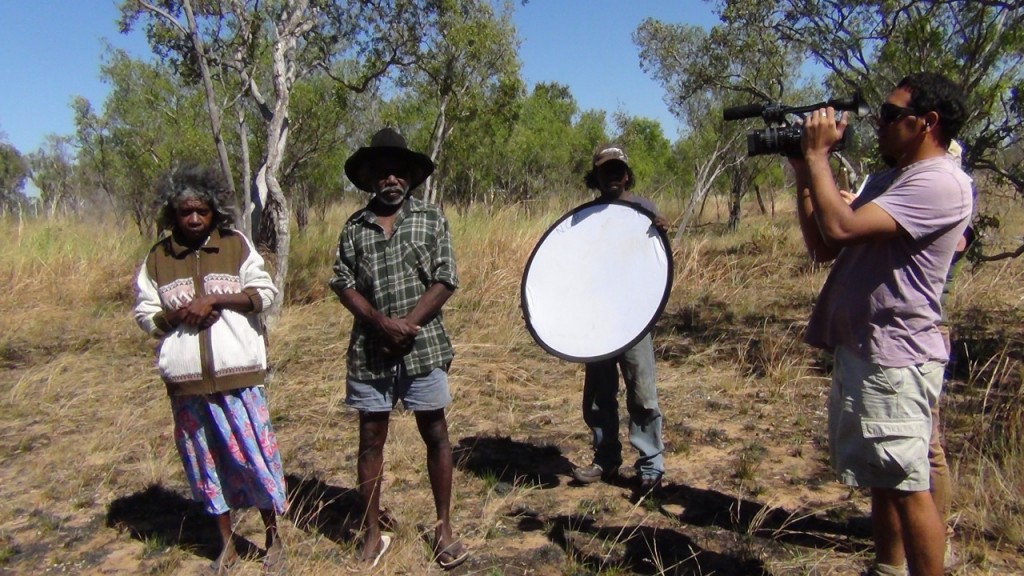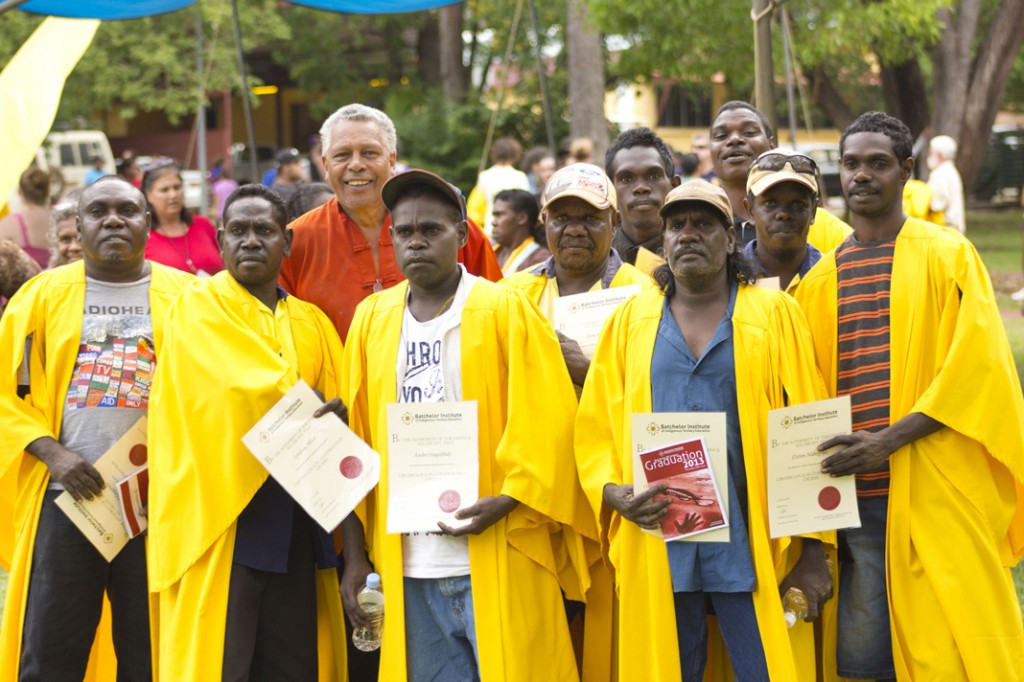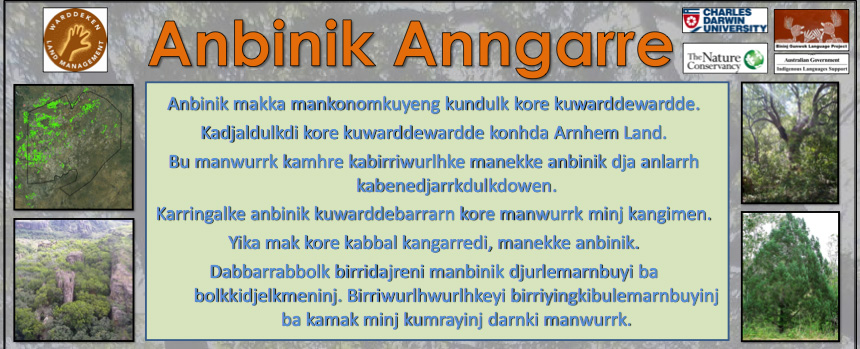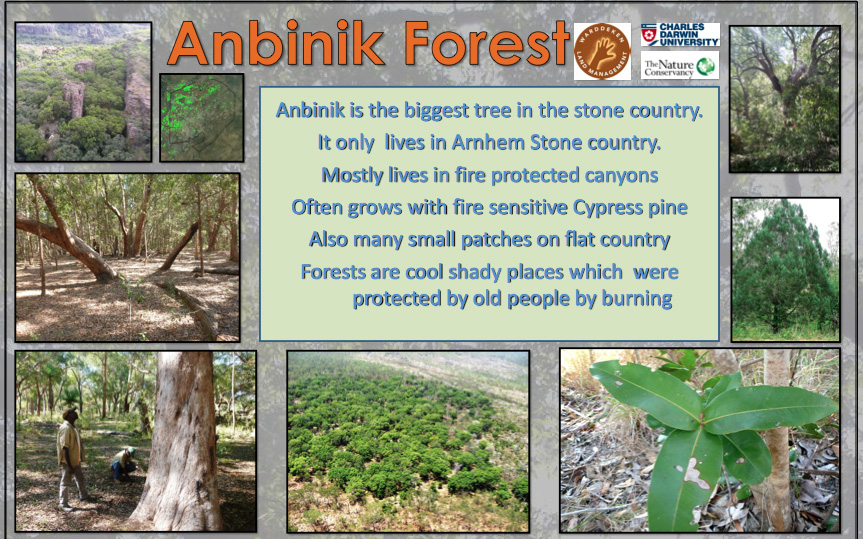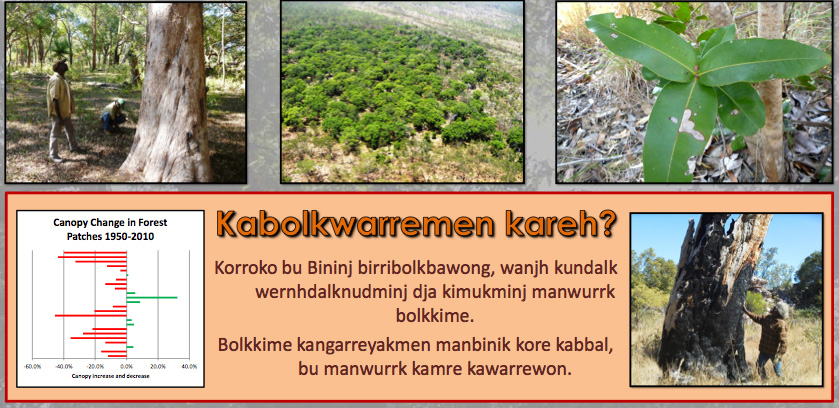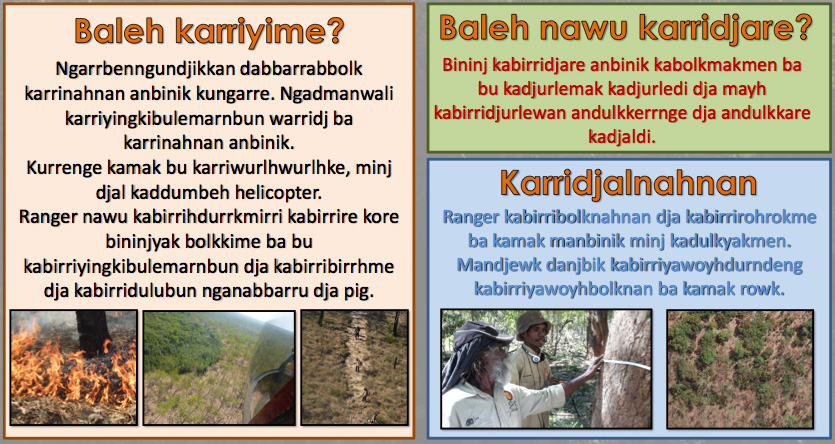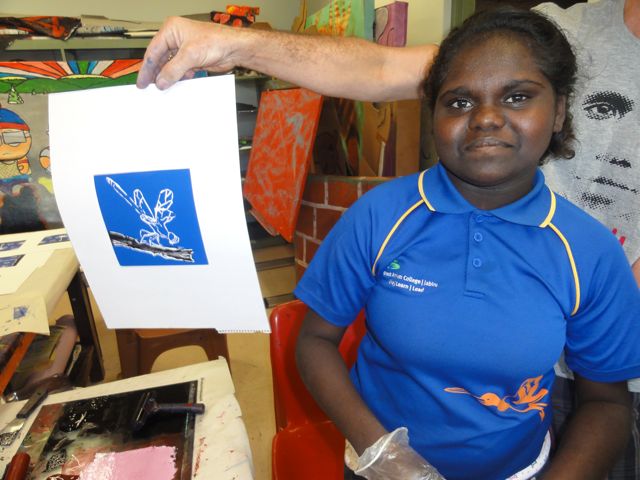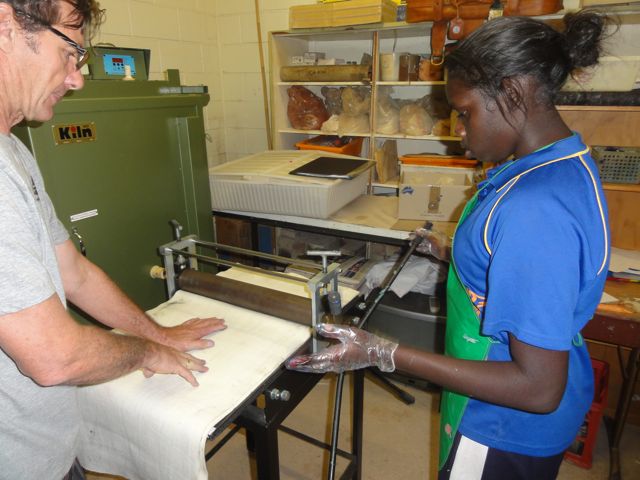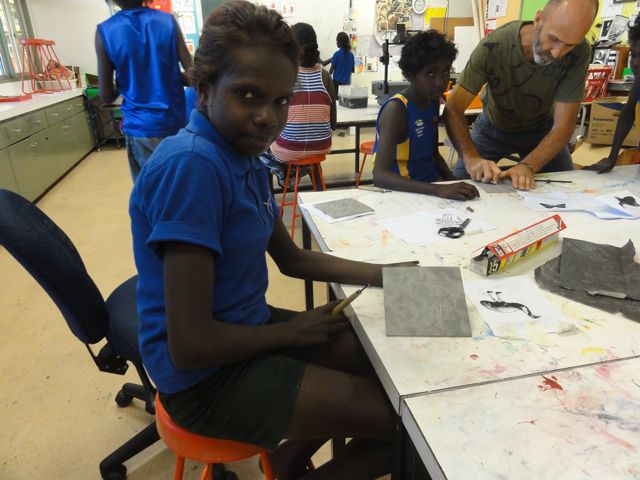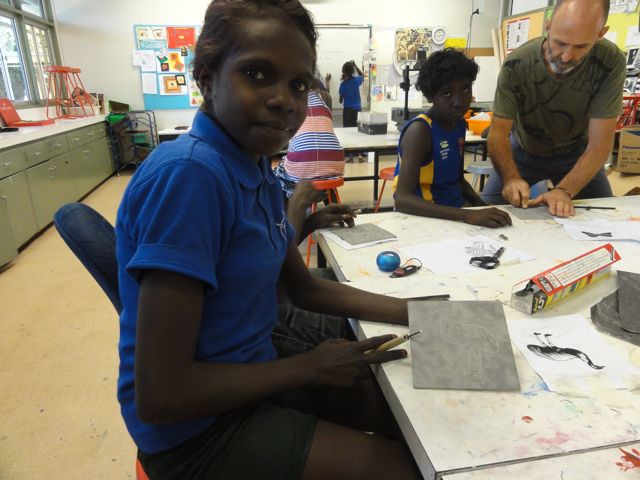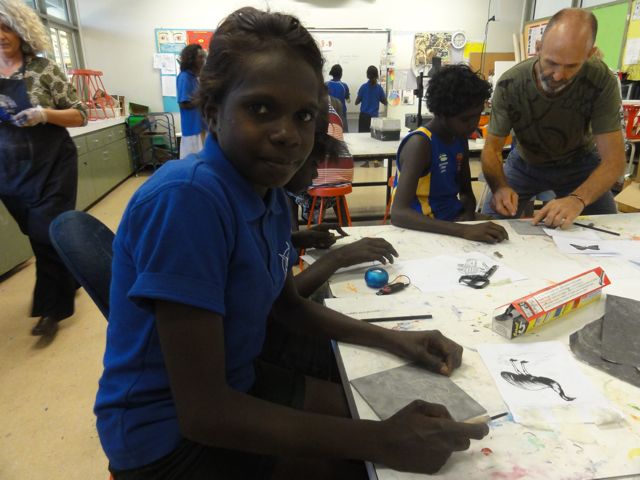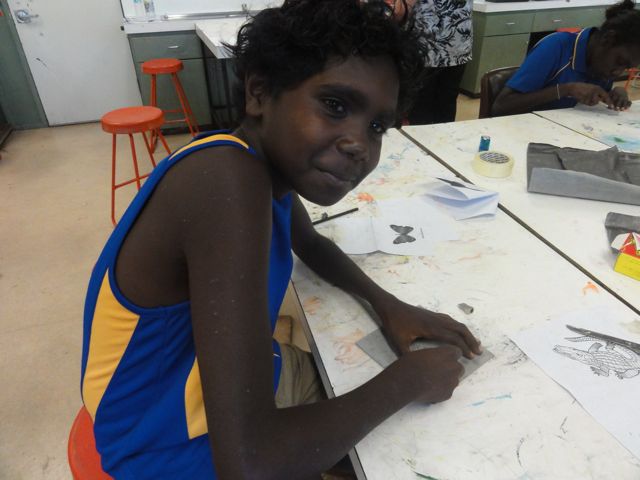Documenting and Revitalising Indigenous Languages Workshop
Gundjeihmi:
Gure Jabiru, boyen arri-marnbom DRIL workshop ba gamak Gundjeihmi dja Gunwinjgu gabarri-djalwokdi. Daluk bani-bogenh banim-wam andi-bidyigarrmeng, Margaret Florey dja Donna McLaren. Gabani-durrkmirri gure RNLD (Resource Network for Linguistic Diversity). Andi-walebukkang gun-wern ba arrban-bukkan wurdurd dja barri-buyiga bu gabarri-djare gabarri-borlbme Gundjeihmi.
English:
Recently in Jabiru we conducted a DRIL (Documenting and Revitalising Indigenous Languages Workshop) to help people keep speaking Gundjeihmi and Kunwinjku. Margaret Florey and Donna McLaren came and helping us run the workshop. They both work for RNLD (Resource Network for Linguistic Diversity). They showed us many techniques to help us teach Gundjeihmi to children and other people who want to learn the language.
Tweet
Bonj
That is all.




















